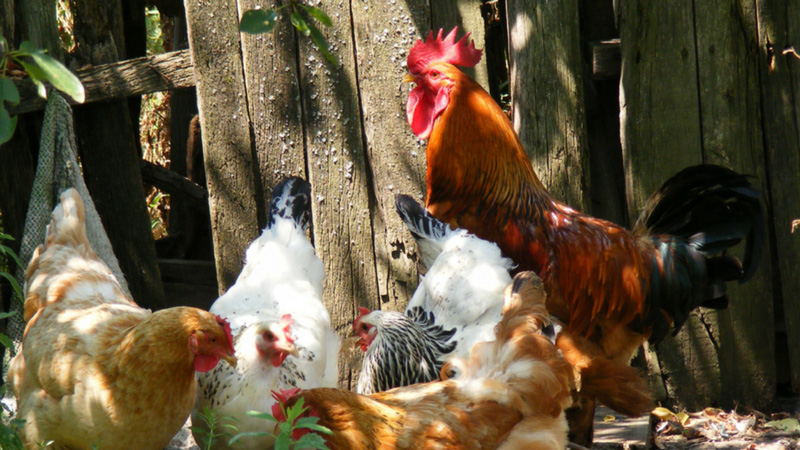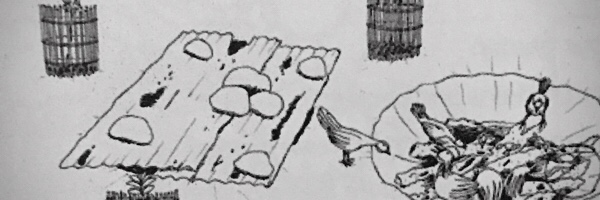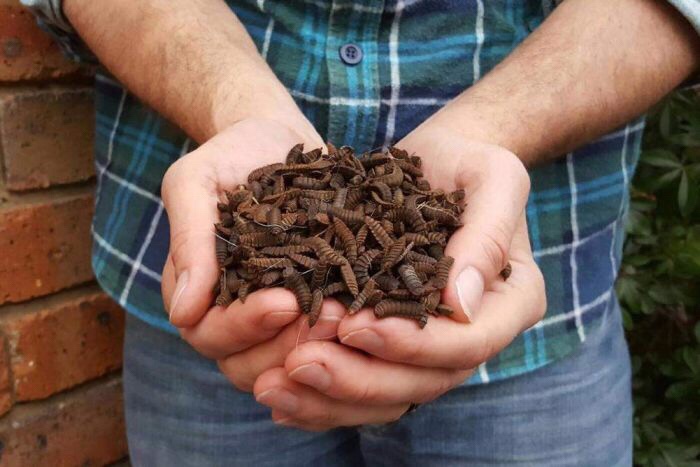Breeding insects for chicken feed

By growing the food you need for your animals, you create a sustainable and low cost system.
Insects for protein
Chickens need to be able to scratch for insects and worms. By covering an area with weeds, leaves, rice husks, coffee husks and grasses you provide the insects with somewhere to live. The chickens scratch through it and eat the insects. After one to two months the grass and weeds have lots of chicken manure mixed through. It is high quality compost material, so remove, add to composts and replace it.
Breed Termites

Here’s how you do it:
- Dig a hole in the ground inside the chicken yard.
- Place rotting wood in the hole.
- Wet the wood, cover it and leave it for a minimum of two weeks.
- Uncover it and let the chickens eat all the termites.
- Repeat the process.
If you have space, this method works even better with two, three or four holes with wood. Open one hole at a time to provide food more often. This method does not need a permanent chicken area. The ground around the holes becomes nutrient rich, and the remains in the holes are excellent fertiliser.
Breed soldier fly larvae (maggots)
They are a common fly that quickly produce larvae up to 2cm long and chickens love them! In containers outside the chicken yard add dry and fresh leaves, weeds, kitchen waste and rotten food. The soldier flies quickly come, lay their eggs and the larvae grow within weeks. When they are big, feed a cup to the chickens every day. If you have a few breeding containers there is a continuous supply of larvae.
Feeding our growing population with livestock raised on flies

‘This species was specifically chosen because of its voracious appetite, with one larva able to quickly process half a gram of organic matter per day.
There are myriad environmental benefits to adopting black soldier fly feed. For example, Costa Rica has been successful in reducing household waste by up to 75 per cent by feeding it to black soldier fly larvae.”
Bryan Lessard, CSIRO
Find out more:

